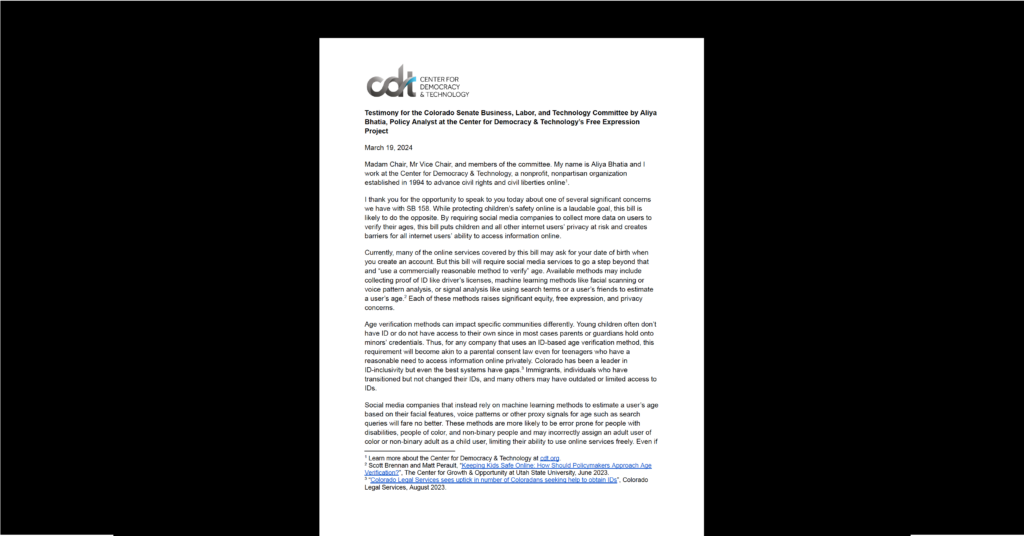Supreme Court’s “Fleeting” Interest in the First Amendment
On Election Day last week, the legal community was momentarily distracted from the momentousness of the election by the possibility that the Supreme Court Justices might utter profanities in the hallowed chamber. Sadly, they restrained themselves. But the lack of “f-bombs” (as the Solicitor General called them) didn’t take away from the intrigue surrounding the oral argument in FCC v. Fox – the amusing but important case that challenges the Federal Communications Commission’s regulation of one-time or “fleeting” expletives on broadcast television. It hasn’t been clear why the High Court decided to take this case in the first place.
The key question before the Justices is whether the FCC violated the Administrative Procedure Act’s prohibition against agency action that is “arbitrary and capricious” when the Commission – reversing decades-long policy – suddenly began fining television stations for airing fleeting expletives during daytime and primetime hours. The 2nd Circuit Court of Appeals ruled against the FCC, finding that the agency violated the APA by changing its expletives policy – without warning or a proper explanation – after three decades of only going after repeated expletives. Is the Supreme Court really interested in a relatively mundane area of administrative law – that is, what agency action counts as “arbitrary and capricious”? Or do the conservative members of the court want to make a political statement and make clear that the FCC has legal authority to expand its broadcast censorship policy? Or, do the Justices want to bypass statutory law altogether and get to the juicy question – that is, whether the FCC might have violated the First Amendment? It’s hard to pin down exactly what’s on the Court’s mind as a whole. But at least a couple Justices didn’t shy away from the free speech implications of the case.
Justice Ginsberg hinted that perhaps the FCC did violate the First Amendment by inaccurately assessing “community standards” and using the assessment as justification for clamping down on fleeting expletives. She asked whether the Commission conducted some kind of survey to determine viewers’ preferences, which of course it didn’t. CDT brought up this point in our amicus brief – we pointed out that the FCC relied on inflated complaint counts mostly generated by a single advocacy organization, and in so doing failed to conduct any kind of objective “community standards” analysis. Justice Stevens went further and appeared to question the FCC’s long-standing constitutional authority to regulate broadcast indecency in the first place, based on the thin rationale that the broadcast spectrum is a scarce public resource.
We directly argued in our amicus brief that 30-year-old reasons for giving broadcast speech something less than maximum First Amendment protection no longer makes sense in light of the convergence of broadcast and other media, and because parents now have a myriad of technological tools to control their children’s media consumption. Justice Ginsberg boldly asserted that the entire oral argument was an exercise in futility because of its primary focus on the APA. She stated that the rest of the Justices were ignoring the “big elephant in the room” – which is the fact that the FCC is regulating speech that it never regulated before (i.e., fleeting expletives) potentially in violation of the Constitution. It’s possible that the Court will remand the case and order the Second Circuit to squarely address the First Amendment questions.
The Court of Appeals ruled on APA grounds, but wrote several pages of legal “fluff” (also called dicta) that astutely addressed the fundamental constitutional issues. There is some chance, however, that the Court will come down 5-4 in favor of granting the FCC greater authority to censor broadcast content. We certainly hope not, but only time will tell.


